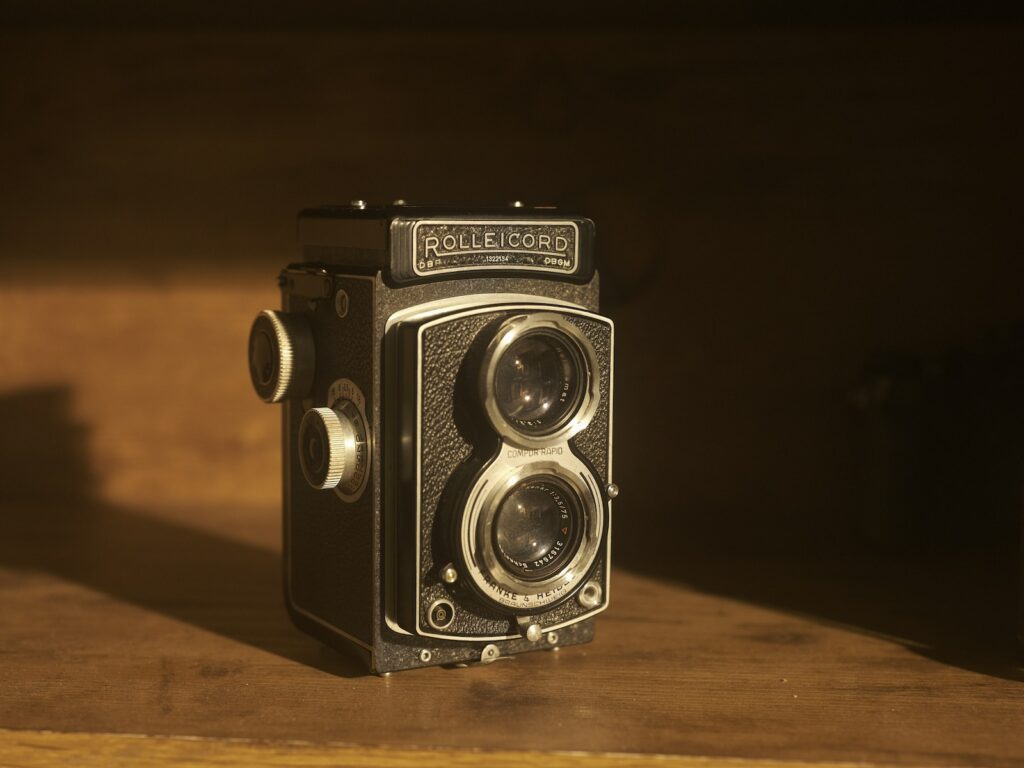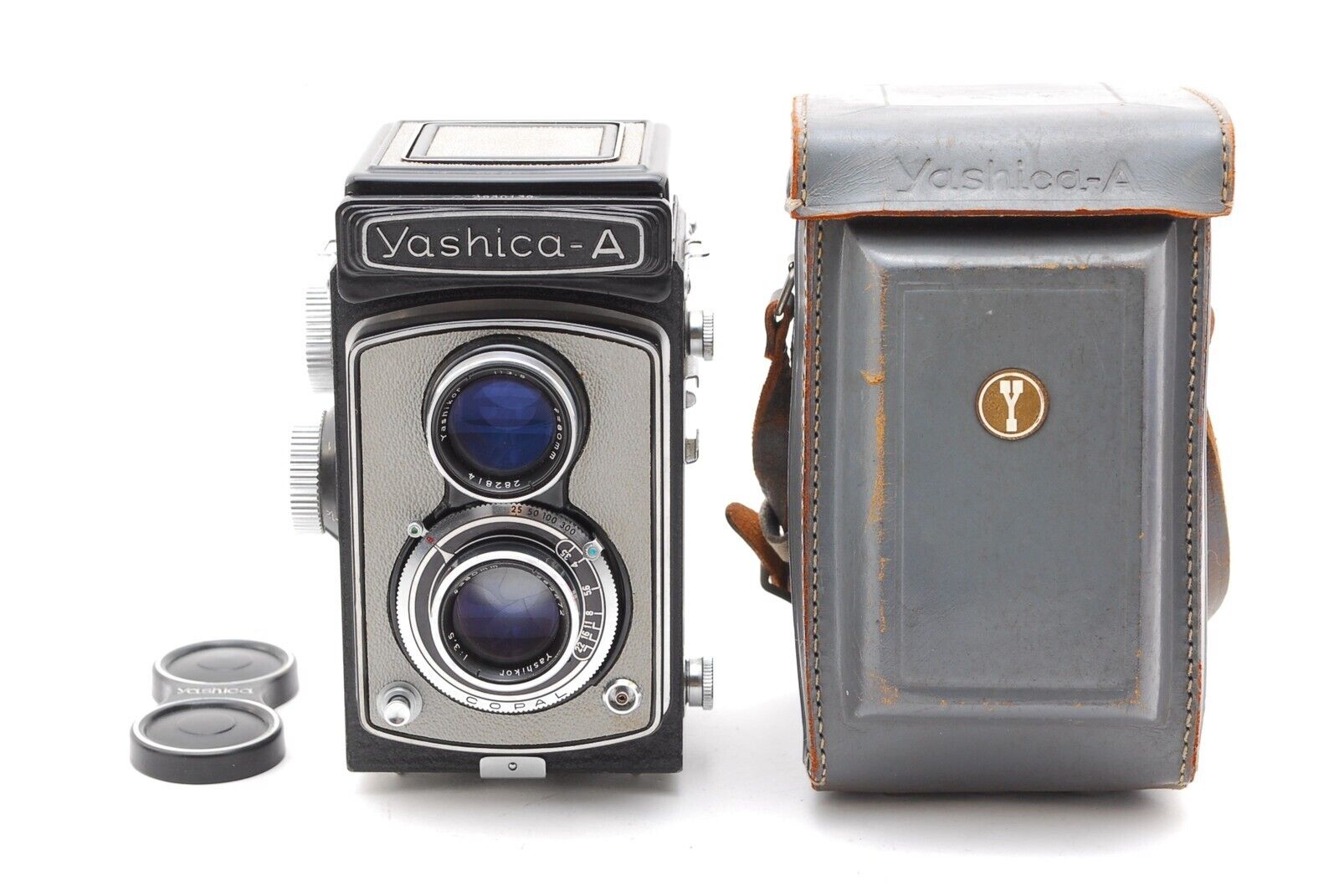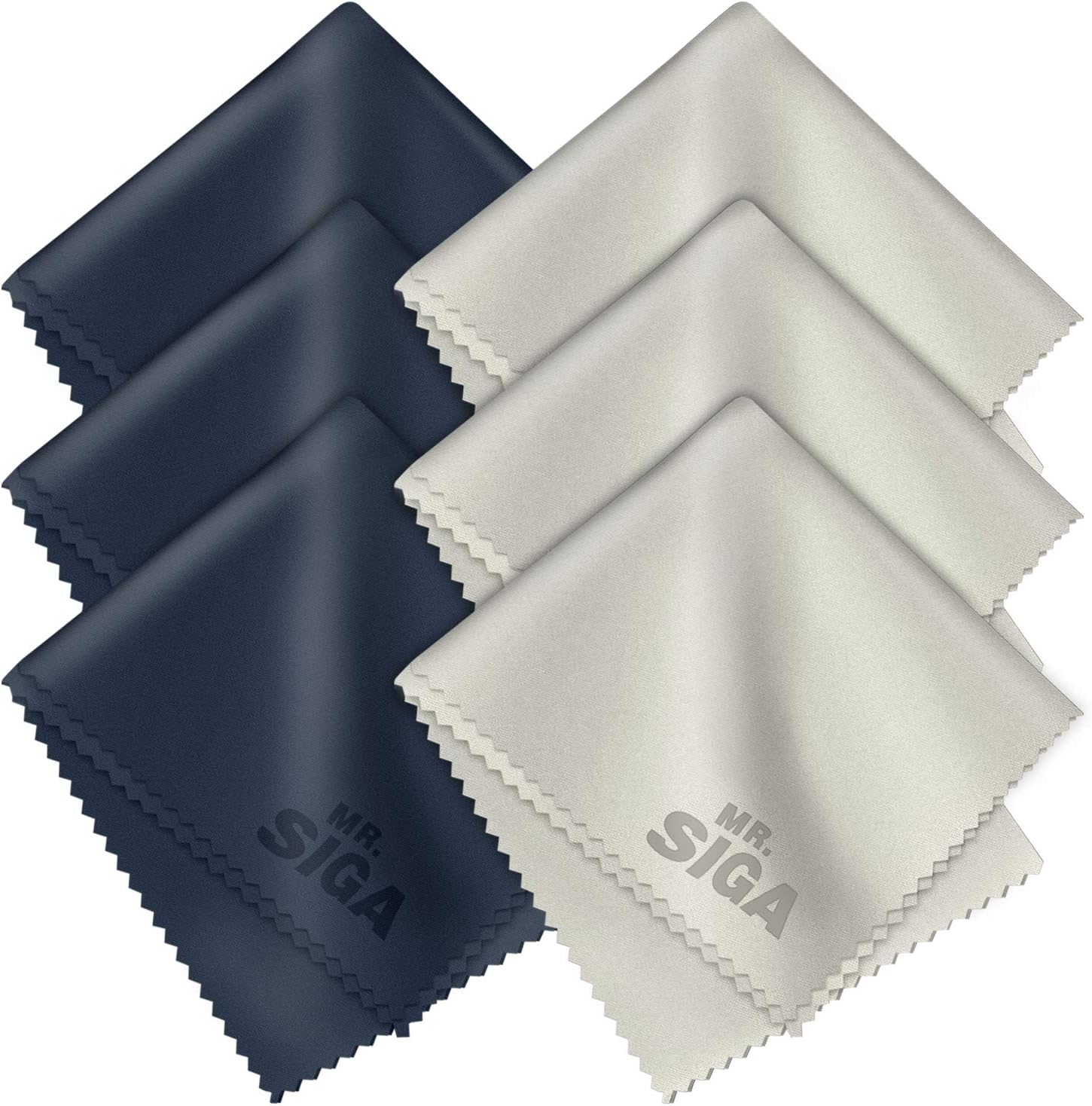Welcome to our blog on the care and maintenance of your twin lens reflex film camera. If you own one of these vintage beauties, you know how important it is to keep it in top condition. In this article, we’ll provide you with invaluable tips and best practices to prolong the lifespan of your beloved camera. From storing and cleaning to handling and troubleshooting, we’ve got you covered. So, let’s dive in and learn how to give your twin lens reflex film camera the love and care it deserves!
Table of Contents
- The Importance of Regular Maintenance
- Frequently Asked Questions
- 1. How often should I clean my twin lens reflex film camera?
- 2. What is the best way to clean the lens of my twin lens reflex camera?
- 3. How can I protect my twin lens reflex camera from moisture and humidity?
- 4. Is it necessary to lubricate the moving parts of my twin lens reflex camera?
- 5. How can I prevent fungus growth inside my twin lens reflex camera?
- 6. When should I replace the light seals of my twin lens reflex camera?
- 7. Are there any specific handling tips for my twin lens reflex camera?
- 8. Can I use any type of film in my twin lens reflex camera?
- 9. How can I store my twin lens reflex camera when not in use?
- 10. Can I repair my twin lens reflex camera myself?
- Wrap Up
The Importance of Regular Maintenance
Proper storage plays a vital role in the longevity of your twin lens reflex film camera. When not in use, always keep your camera in a cool, dry place, preferably in a camera bag or protective case. Avoid exposing it to extreme temperatures, humidity, or direct sunlight, as these factors can damage its delicate components. Additionally, remember to remove the batteries to prevent corrosion and leakage.
2. Cleaning and Dusting
Maintaining a clean camera is essential for optimal performance. Dust and debris can accumulate on various parts, affecting functionality and image quality. Start by using a soft brush or blower to remove loose particles, paying extra attention to the lens surface. For stubborn dirt or smudges, lightly moisten a microfiber cloth with lens cleaning solution and gently wipe the surface. Remember never to spray the solution directly onto the lens.
3. Lubricating Moving Parts
An often overlooked aspect of camera maintenance is lubrication. Moving parts such as the shutter, gears, and focus mechanisms benefit from occasional lubrication to ensure smooth operation. Use a small drop of camera-specific lubricating oil or grease and apply it sparingly to the relevant areas. Be cautious not to use too much, as excess lubricant can attract dust and create sticky residues.
4. Checking the Light Seals
Light seals are crucial in preventing unwanted light leaks in your twin lens reflex camera. Over time, these foam or rubber seals can deteriorate, resulting in compromised image quality. Regularly inspect the seals and look for signs of wear or damage. If needed, replace them using a light seal kit specifically designed for your camera model. This simple step can significantly improve the performance of your camera.
5. Calibrating the Focusing Screen
Accurate focusing is key for capturing sharp and crisp images. If you notice that your twin lens reflex camera is consistently producing out-of-focus shots, it may be time to calibrate the focusing screen. Check the camera’s user manual for instructions on adjusting the screen or consult a professional if you’re unsure. A properly calibrated focusing screen will greatly enhance the precision of your images.
6. Troubleshooting Common Issues
Even with proper care, sometimes issues can still arise. Knowing how to troubleshoot common problems can save you time and money. If you encounter issues like sticky shutter, uneven exposures, or film advance problems, refer to our troubleshooting guide below for easy solutions:
- Sticky Shutter: Apply a few drops of lighter fluid or specific shutter cleaning solution to a cotton swab and gently clean the shutter blades.
- Uneven Exposures: Double-check your camera’s exposure settings and make sure your light meter is functioning correctly.
- Film Advance Problems: If the film advance lever becomes stuck or doesn’t move smoothly, check for any obstructions and gently apply camera-specific lubricant to the moving parts.
Did you know that the twin lens reflex camera was popularized by Rollei, a German manufacturer, in the 1920s? Its unique design allowed for waist-level viewing and produced high-quality images.
And there you have it – a comprehensive guide to caring for and maintaining your twin lens reflex film camera. By following these best practices, you can ensure that your camera remains in excellent condition for years to come. Remember, regular maintenance and gentle handling are key to preserving the lifespan and value of your cherished film camera. So get out there, capture moments, and keep your TLR camera clicking!

Frequently Asked Questions
1. How often should I clean my twin lens reflex film camera?
It is recommended to clean your camera after every use, especially if you have been shooting outdoors or in dusty environments. Regular cleaning helps prevent dirt and debris from affecting the camera’s performance.
2. What is the best way to clean the lens of my twin lens reflex camera?
To clean the lens, use a microfiber cloth or lens cleaning solution specifically designed for camera lenses. Gently wipe the lens in a circular motion, starting from the center and moving outward. Avoid applying excessive pressure to prevent scratches.
3. How can I protect my twin lens reflex camera from moisture and humidity?
Moisture and humidity can damage the internal components of your camera. To protect it, store your camera in a dry place when not in use. Consider using desiccant sachets or a dehumidifier in your camera bag or storage area to absorb excess moisture.
4. Is it necessary to lubricate the moving parts of my twin lens reflex camera?
Yes, lubricating the moving parts of your camera is essential to ensure smooth operation. However, it is recommended to have a professional camera technician perform the lubrication to avoid damaging delicate components.
5. How can I prevent fungus growth inside my twin lens reflex camera?
Fungus growth is a common issue in cameras, especially in humid environments. To prevent this, store your camera in a dry and well-ventilated area. Avoid keeping it in damp places for extended periods. Using silica gel packs in your camera bag can also help absorb moisture.
6. When should I replace the light seals of my twin lens reflex camera?
Light seals deteriorate over time and need to be replaced periodically. If you notice light leaks in your photos or find crumbling foam inside the camera, it’s time to replace the light seals. Consult a camera technician for the replacement process.
7. Are there any specific handling tips for my twin lens reflex camera?
When handling your camera, it’s important to hold it securely, supporting the weight with both hands. Avoid excessive shaking or dropping the camera, as it can damage the internal mechanisms. Additionally, use the camera strap provided to prevent accidental falls.
8. Can I use any type of film in my twin lens reflex camera?
Most twin lens reflex cameras are compatible with a wide range of film types. However, it’s always recommended to check the camera’s manual or consult the manufacturer to ensure compatibility with specific film formats or speeds.
9. How can I store my twin lens reflex camera when not in use?
When not in use, store your camera in a clean and dry environment, preferably in a camera bag or protective case. Avoid exposing it to extreme temperatures, moisture, or direct sunlight, as these can damage the camera and film inside.
10. Can I repair my twin lens reflex camera myself?
While there are some minor repairs and maintenance tasks you can do yourself, it’s generally recommended to seek professional help for major repairs. Improper handling or dismantling can cause further damage to your camera. Contact a reputable camera technician for expert assistance.
Wrap Up
Caring for your twin lens reflex film camera is essential to ensure its longevity and optimal performance. By following these simple maintenance practices, you can keep your camera in excellent condition and continue capturing beautiful photographs.
Remember to regularly clean the lenses, body, and viewfinder of your camera, and store it in a secure and dust-free location when not in use. Additionally, don’t forget to handle the camera with care, avoiding excessive force or harsh conditions that could damage it.
If you have any questions or additional tips on caring for your twin lens reflex film camera, please feel free to leave a comment below. We’d love to hear from you and encourage you to share your experiences and insights!



